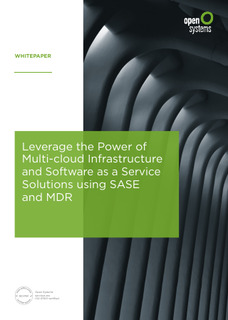Across almost all industries, today’s IT professionals need to support digital transformation, a sudden growth in remote workers, and the move to cloud and multi-cloud. Traditional hub-and-spoke networking and security models – revolving around physical data centers and endpoint detection and response (EDR) – are failing to keep up with these trends.
To address the limitations of old-school architectures, enterprises began adopting a more modern approach to networking and security with software defined wide area networks (SD-WAN). Some people think SD-WAN is about cost-savings. But it is about much more than moving expensive communications connectivity to less expensive connectivity – such as, for example, moving from MPLS to internet and accessing cloud. The SD-WAN fabric forms a software overlay network that runs over standard network transport services such as the public Internet, MPLS, and broadband.
This overlay network also supports next-generation software services, which enables you to accelerate your shift to modern compute environments and workflows such as cloud networking, remote and mobile, and IoT and the intelligent edge.

